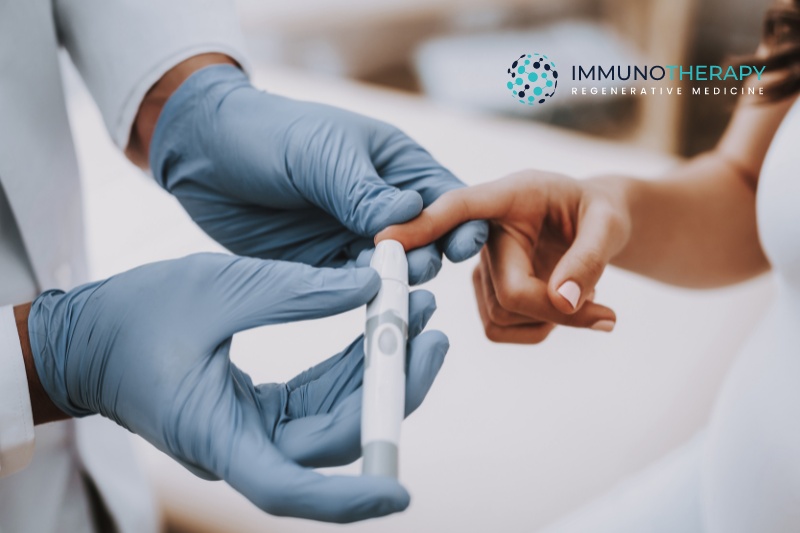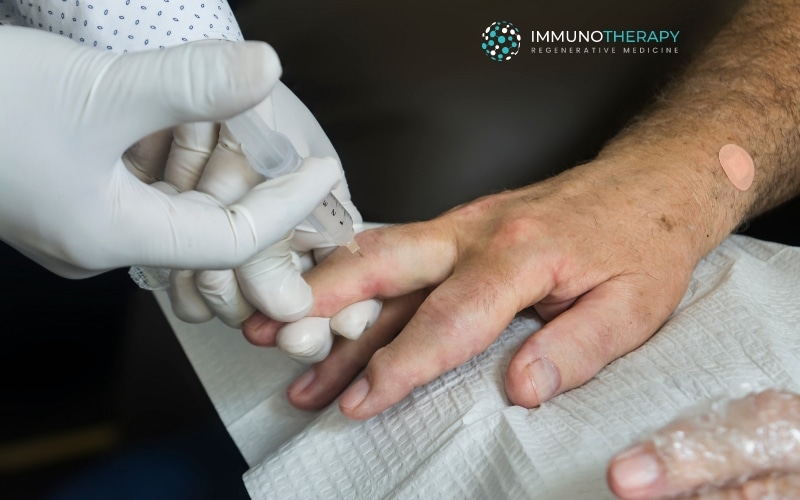Stem Cell Therapy for Osteoarthritis: The Pathway to Pain-Free Living
Osteoarthritis, often perceived as an age-related ailment, is a degenerative joint condition that affects millions worldwide. It not only manifests in physical symptoms but also impacts the daily lives of those it touches. This article provides an in-depth look at its causes, symptoms, risk factors, and the latest treatment options available.
What is Osteoarthritis?
Osteoarthritis is a condition where joints become inflamed. In severe or advanced cases, deformities may even occur. It’s most commonly observed in the elderly, but that doesn’t exclude younger individuals from developing it. Unlike Rheumatoid Arthritis, osteoarthritis is not an autoimmune condition.
What are the signs and symptoms of Osteoarthritis?
Osteoarthritis can manifest as joint pain, stiffness (particularly in the early morning or after sundown), deformity, reduced range of movement, weakened grip, decreased strength, localized inflammation, and changes in gait (especially if the hips are involved).
The presence, intensity, and frequency of these signs and symptoms can vary from one patient to another. The condition often primarily affects the hands, shoulders, hips, and knees. Many patients experience difficulties upon waking up, but symptoms tend to lessen as they become more active. However, after periods of rest, symptoms can re-emerge.
What are the risk factors for developing Osteoarthritis?
A significant hereditary component exists; even though osteoarthritis isn’t an autoimmune condition, it’s common for multiple family members to develop it. Other notable risk factors include trauma, fractures, and (particularly for the elderly) a history of activities that put excessive strain or impact on the joints.
Is there a cure for Osteoarthritis?
Osteoarthritis is a degenerative condition that causes pain and inflammation. As such, conventional treatment primarily aims to manage these symptoms. Many doctors use locally applied steroids to reduce inflammation and associated pain. Warm compresses can also provide immediate relief from pain and inflammation.
What are the treatment options for Osteoarthritis?
One of our most promising treatments involves joint infiltration with PRP (Platelet-Rich Plasma) and stem-cell therapy. Stem cells offer several benefits:
- Stem cells can detect the signals from inflamed areas, migrate to them, and then act on them.
- These cells have a natural anti-inflammatory effect. They modulate the affected area, reducing inflammation, pain, swelling, and other related symptoms.
- Stem cells can differentiate into the tissue they attach to. So when they reach damaged areas, like joints, they can promote the formation of stronger and healthier tissue than what was previously there. This aids in the healing process of affected joints. However, in cases of joint deformity, it’s unlikely that the joint will return to its original shape entirely, though improvement is possible.





